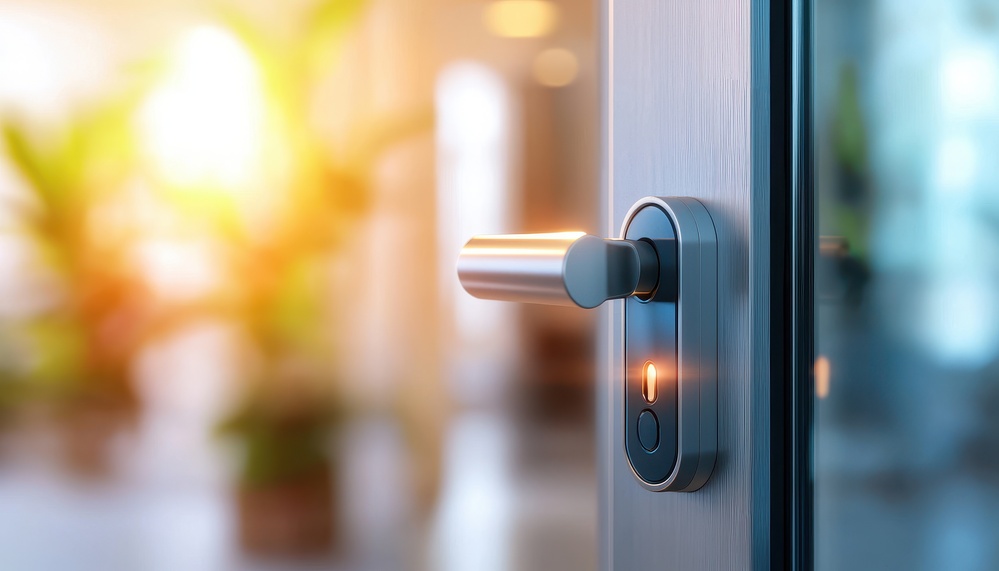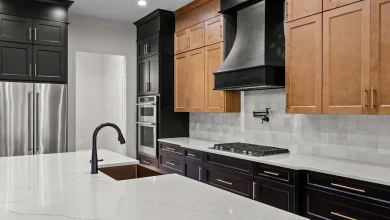
Why Smart Locks Are Smart – They Don’t Actually Think
One of the more recent entries in the smart home space is the smart lock. Consumers can now buy smart locks online, at local big box home improvement stores, and through their home automation providers. But what is it about a smart lock that makes it smart? After all, the devices don’t actually think.
The ‘smart’ concept was pretty narrow when first introduced. But in the years since, it has been expanded to include more devices and capabilities. A smart lock is so designated because it comes equipped with some of the more common capabilities.
1. Remote Access and Control
A key capability all smart devices have is remote access and control. A smart lock can be accessed and controlled from anywhere as long as a homeowner has a mobile device and an internet connection. Why would anyone want such access? Consider the following:
- Welcoming Guests – A smart lock offers the opportunity to welcome out of town guests without having to actually be home. Guests can send a quick text message to let a homeowner know they have arrived. The homeowner can remotely unlock the door to let them in.
- Managing Deliveries – That same homeowner can also unlock the door remotely to accommodate delivery drivers. A driver leaves his packages inside and goes on his way. Meanwhile, the homeowner locks the door behind him.
These two examples illustrate the appeal of a smart lock that can be accessed remotely. Yet there are as many scenarios as there are homeowners who need remote access.
2. Keyless Entry
Another key feature of the smart lock is keyless entry. Being able to dispense with keys is a game changer for busy Americans who come and go frequently. But if there are no keys, how do consumers lock and unlock their doors? The possibilities are impressive:
- Keypads – Numeric keypads are the most common solution. Locks are programmed with 4 or 6-digit access codes. A homeowner needs only to punch his code into the pad to unlock the door. Most smart locks will automatically lock themselves.
- Biometrics – Some smart locks can be activated and deactivated via biometrics. A fingerprint, retinal scan, or facial recognition feature makes entry even easier than using a keypad.
- Phones – Smart locks come with companion mobile apps through which smart locks can be locked and unlocked. A homeowner simply brings up the app and taps a few times. Some apps even offer voice control. A simple verbal command locks and unlocks the door.
Keyless entry is quite convenient. Once you have experienced it, it is really hard to go back to using your keys.
3. Activity Monitoring
Mid-level and high-end smart locks generally have the ability to generate and store activity data. This allows a homeowner to track who is coming and going at any given time. More importantly, alerts can be sent to a homeowner’s phone in the event unauthorized entry occurs.
4. Smart Home Integration
Finally is the capability of full smart home integration. This concept is easily explained by looking at a Vivint smart home package. Vivint systems can include smart locks if a homeowner chooses to purchase them. The locks can be integrated with other smart home devices for the purpose of creating custom routines. For example, an exit routine might turn off all the lights, adjust the thermostat, and lock the door as a homeowner leaves for work in the morning.
Smart locks are not capable of genuine thought. And in fact, most of them are not equipped with artificial learning. Yet they are still considered smart because of the many capabilities they do possess.



